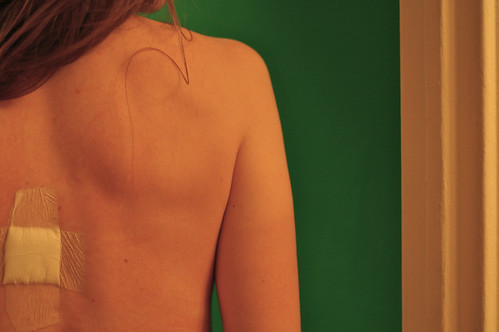The Five Types of Skin Cancer
Many people will find it surprising to learn that there are five different types of skin cancer. The most common of these is called basal cell carcinoma. This skin cancer is diagnosed in nearly three quarters of all cases with over seven hundred and fifty thousand people treated yearly. Like the next most common cancer this one is caused by over exposure to the sun. That is why this cancer is often found on the face, scalp or the upper body. One good thing about this skin cancer is that it is not likely to spread to other parts of the body since it is a slow growing cancer and so can be cured. Nonetheless it is important to act on it quickly for the best results.
The next most prevalent kind of skin cancer is squamous cell carcinoma. The cancer is found in over twenty percent of cases. This type is also caused by too much exposure to the rays of the sun. It is a cancer more common among people who are middle aged or older and, unlike basal skin cancer, is first noticed as a crusty spot that might be red and irritated. If something like that is seen a quick visit to a health care provider is very important. That leaves the last few percent divided between three different types of skin cancer. This includes the most dangerous of the skin cancers which is melanoma. Most of the remaining cases will be this kind of cancer. It is the most life threatening but if found and treated early has a success rate of ninety five percent. But if it begins to spread then there is almost no hope for a cure. The key to this one is to watch for moles that seem to change.
The final two types of skin cancer are Paget’s disease and Kaposi’s sarcoma. Paget’s disease resembles a normal rash and is found around the breasts, genital area, the anus or the sweat glands. The sores are usually very itchy as well as being known to be quite painful. Kaposi’s sarcoma is a skin cancer that is usually associated with herpes and is commonly found in those suffering from AIDS. Any suspicious sores, rashes or moles should be investigated immediately.








